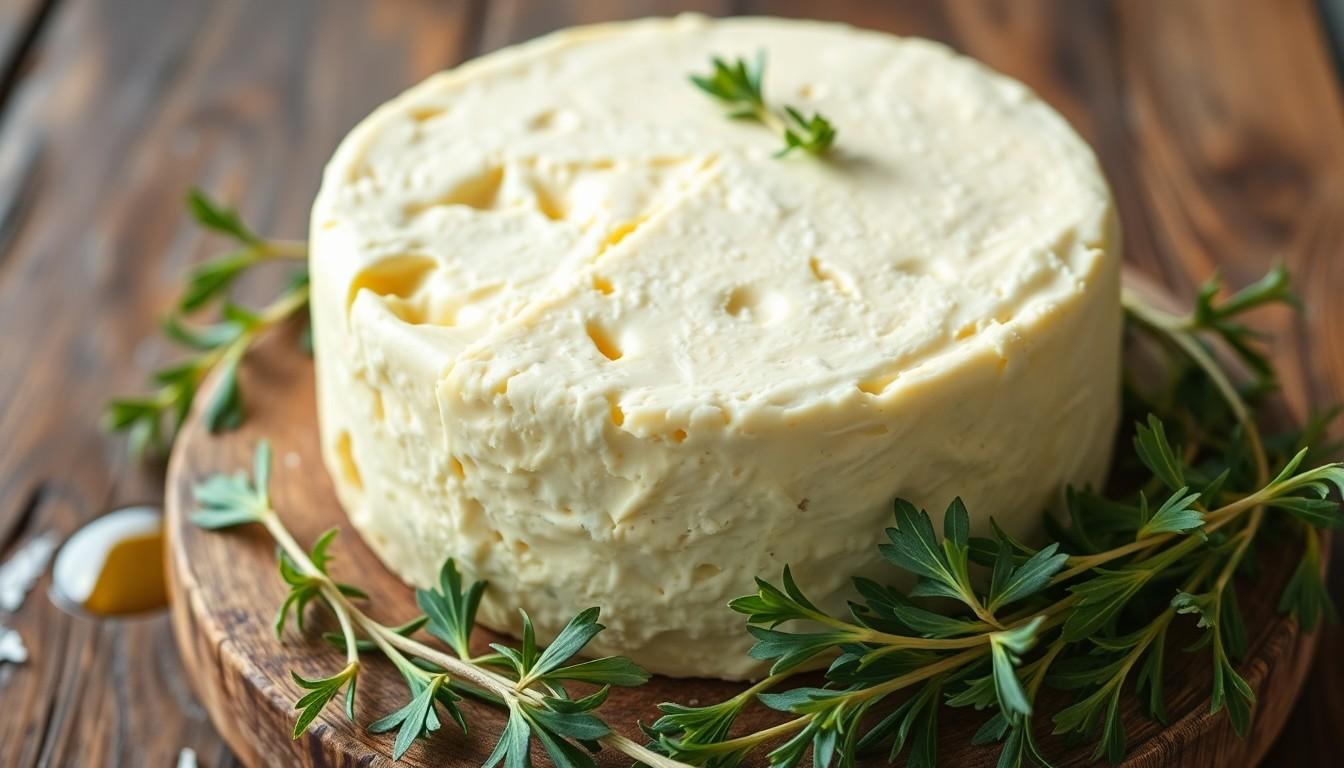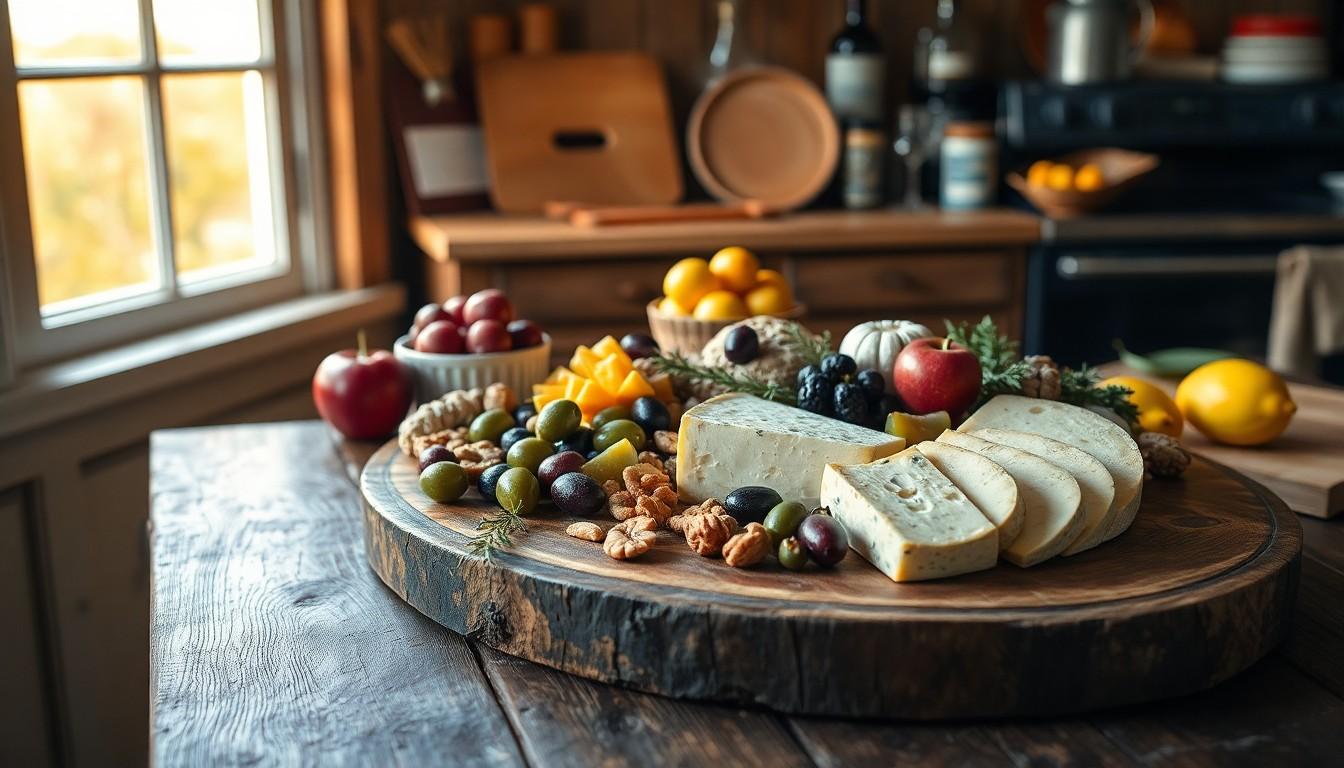Food has a way of surprising us, and nothing does it quite like a quirky name. Enter “zavagouda”—a term that sounds like a dance move but actually refers to a delightfully odd dish. It’s one of those culinary gems that leaves you scratching your head and craving a taste all at once.
Overview of Weird Food Names
Zavagouda exemplifies how food names can spark curiosity and invite exploration. Uncommon nomenclature often conveys rich histories and unique culinary practices from various cultures. Many people find themselves intrigued by dishes that feature quirky or unusual names, as these titles can reflect ingredients, preparation methods, or regional traditions.
Analyzing other weird food names showcases the creativity inherent in culinary arts. For example, “bubble and squeak” refers to a British dish made from leftover vegetables; the playful name arises from the sound the ingredients make while cooking. In some cases, names like “toad in the hole” invoke imagination, highlighting how humor can meld with gastronomy.
Interestingly, zavagouda not only piques interest because of its unique name but can also vary in preparation depending on the region. Different locales might offer their own interpretations of its ingredients or methods, creating a tapestry of flavors behind a single term.
Many strange food names originate from historical contexts, cultural significance, or puns, often keeping evolving with time. These names encapsulate stories or traditions that bridge generations, enriching culinary experiences. Perhaps zavagouda will inspire the same fascination as “cockroach stir-fry” or “shakshuka,” both of which prompt inquiries into their backgrounds and appeal.
Food enthusiasts often revel in discovering dishes with distinctive names. Trying zavagouda may reveal not just unusual flavors but also a delightful story that enhances its enjoyment. Conclusively, exploring the world of weird food names not only satiates culinary curiosity but also fosters a deeper appreciation for diverse cuisines.
What Is Zavagouda?

Zavagouda refers to a distinctive cheese found primarily in the region of Greece. This semi-hard cheese, made from sheep’s milk, captivates many with its unique texture and flavor profile.
Origin of the Name
The name “zavagouda” likely derives from the Greek word “zava,” meaning “brought” or “imported.” It emphasizes the cheese’s historical ties to specific regions known for trade and dairy production. Usage of the term may reflect the blend of cultures and cooking techniques that influence the dish. Historical preservation of this culinary term indicates its importance in Greek gastronomy, showcasing connections to traditional food practices. Variations in pronunciation exist, depending on local dialects, further enriching its linguistic heritage.
Cultural Significance
Zavagouda holds cultural importance within Greek cuisine, often served during celebrations and family gatherings. Many consider it a staple in the Mediterranean diet due to its nutritional value and versatility. Preparing dishes incorporating zavagouda highlights local traditions and cooking methods. Its presence in regional festivals underscores its role in community bonding and cultural identity. This cheese signifies more than sustenance; it symbolizes connections to heritage and the land. Dishes featuring zavagouda generate culinary curiosity, inviting individuals to explore Greece’s rich food history.
Examples of Weird Food Names
Exploring unique food names leads to delightful discoveries. The following sections highlight dishes that feature zavagouda and their creative presentations.
Unique Dishes Featuring Zavagouda
Zavagouda frequently appears in various traditional Greek recipes. This cheese enhances the flavor of many savory pastries, including pies and spanakopita. Appetizers often showcase zavagouda, served alongside olives and sun-dried tomatoes. Grilled dishes embrace this unique cheese, melted over vegetables and meats, adding richness to each bite. Soups may also include zavagouda, contributing a creamy texture and robust taste. Regional variations abound, with each locality incorporating local spices or ingredients, making each dish distinct.
Creative Presentations
Presentations of dishes with zavagouda often reflect vibrant culinary artistry. Chefs serve it as part of charcuterie boards, combining it with nuts, fruits, and honeys for balanced flavors. Zavagouda finds its way into salads, creating an enticing contrast with fresh greens and dressings. Stuffed peppers may feature this cheese, offering a delightful surprise within the savory filling. For festive occasions, baklava incorporates zavagouda, adding a unique twist to this classic dessert. Each presentation highlights the versatility of zavagouda and its ability to elevate any dish.
Why People Love Weird Food Names
Weird food names captivate people because they intrigue and amuse. Curiosity often drives individuals to explore dishes like zavagouda, offering them a sense of adventure. Unusual names can evoke laughter and spark conversations, making meals memorable experiences. Food names like “bubble and squeak” and “toad in the hole” add a playful twist to culinary discussions.
Unique food names also reflect cultural heritage and history. Each term usually tells a story, encapsulating the traditions behind its creation. When people encounter such names, they often feel a connection to the culture it represents. Many foods carry local significance, reminding eaters of regional ingredients and customs.
Engagement occurs as people challenge themselves to try the dishes with quirky names. Food enthusiasts often find trying zavagouda becomes a discussion starter. Sharing stories about the origins and meanings of these names fosters camaraderie among diners.
Food names like zavagouda stand out in culinary exploration, inviting individuals to dive deeper into the flavors and traditions they represent. The excitement of tasting something unexpected enhances the overall dining experience. Interest in these gastronomic oddities often leads to a richer understanding of global cuisine.
Fostering curiosity around unusual food names allows for creativity within cooking. Chefs frequently utilize quirky names to attract attention and set their dishes apart. Celebrating unexpected combinations can ignite innovation in the kitchen, encouraging adventurous flavors and presentations.
Conclusion
Zavagouda stands out not just for its unique name but also for its rich cultural significance and versatility in the kitchen. This semi-hard cheese invites culinary exploration and sparks curiosity about the stories behind its creation. Its presence in various dishes adds depth to traditional Greek cuisine and enhances the overall dining experience.
As diners embrace the adventure of trying foods with quirky names, they connect with the history and creativity that define global gastronomy. Zavagouda is more than just a cheese; it’s a celebration of flavors and traditions that can bring people together. Exploring such intriguing foods encourages a deeper appreciation for the diverse culinary landscape, making every bite a journey worth taking.





